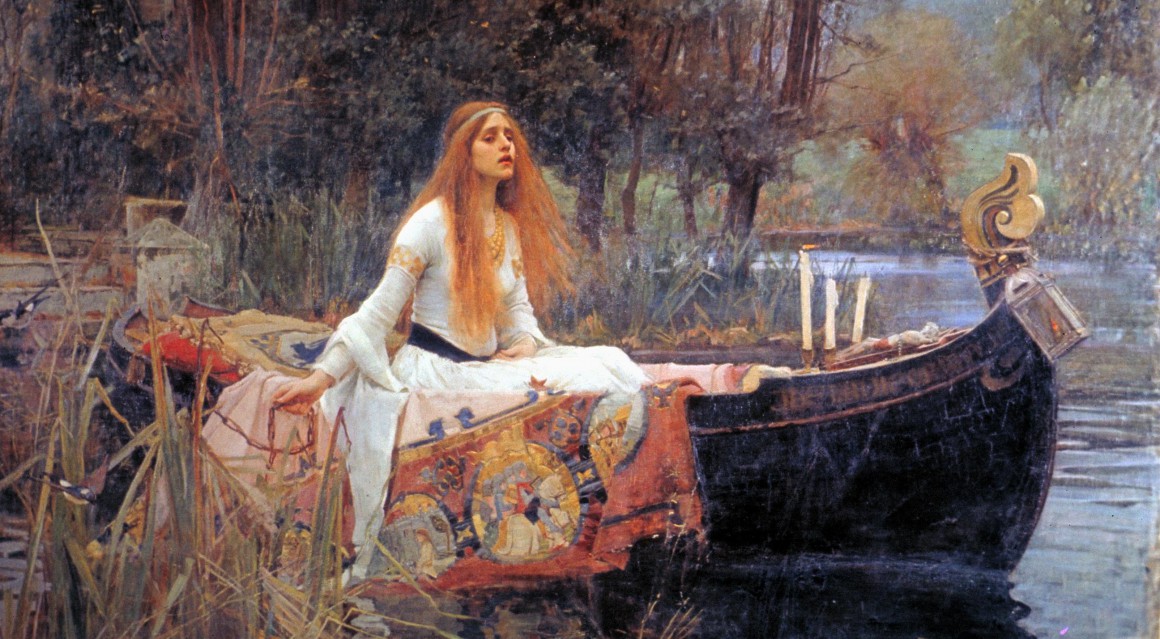It’s fair to say that book genre is as broad now as it has ever been. Subject matter is free and unencumbered and, since the commercialization of mass publication, is within the grasp of popular trends. As the staggering statistics for fiction such as Harry Potter will readily testify, the success of particular books in the genre’s brand can kick the door open for others to prevail upon the interest. If there is a market for fantasy fiction, writers will certainly try to tap into this market and achieve the same success as predecessors. Of course, this genre popularity swings in roundabouts. The Gothic genre amassed the most fervent of followers with books such as The Monk, The Mysteries Of Udolpho, Wuthering Heights and Jane Eyre. However, it foundered during the Belle Epoque when Modernism swooped in to take its place. Interesting there is a book trend, that has maintained its staying power- not simply for five or ten years, but a shocking two hundred. The form is more distorted nowadays from its original blueprint in the early nineteenth century, but is still recognised within the collective aesthetic of the genre. The genre in question is that of the historical novel.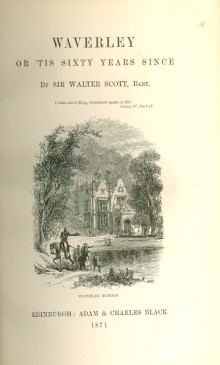
In spite of the stacks of modern offerings, I thought it best to go back to the beginning of this 200 year old trend. And of course, that would lead me directly to Walter Scott and his acclaimed Waverley novels. Scott set the blueprint for what other would seek to emulate in the years to come. What interest me are the set of rules he seeks to adhere to-they are specified in the introduction to his first novel Waverley Or Tis Sixty Years Since. Scott’s novels appeared in a market divided in loyalties between the heady sensationalism of the Gothic and the lively popularity of the novel of manners. Those familiar with Austen and Radcliffe will attest to that. Scott is determined to address any misconception about his novel or pre-disposed assumption; whether it is set in the past or the modern day, it will not fall under the category of either. The bildungsroman approach to the character of Edward Waverley would indeed carry an element of Austen, but it is blatantly coloured by very real historical events, Waverley’s political loyalties and the vivid geography of the setting.
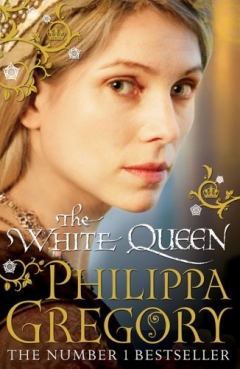
Of course, nowadays the spectrum of angles in which an author can approach historical fiction has widened considerably. Tudor settings are quite common for romantic novels and have garnered popularity, as the success of The White Queen and The Other Boleyn Girl will testify. The regency period has also been very prominent; Georgette Heyer’s methods in her successful Regency Romance series particularly mirrored Scott’s adapt attention to detail. Her critics railed against what they deemed unnecessary specifics (Robinson, 326). However, this shows a passion for something other than a coherent romantic narrative; it shows a desire for historical accuracy. This practice appears to have been continued on into the work of Hilary Mantel, acclaimed author of the bestselling Wolf Hall series. Mantel has been hailed for her meticulous caution on “keeping the balance between facts and emotion” (Tayler, The Guardian) and avoiding falling into a pattern of representation of Tudor characters that has become stereotypical. One can imagine the obstacles of creating a fresh perspective on a subject that has been relentlessly interpreted over and over again. Mantel’s use of Cromwell, universally hated in his time for the dissolution of the monasteries, as the main character and point of sympathy was quite daring.
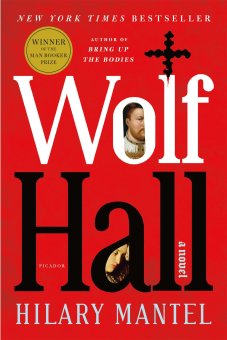
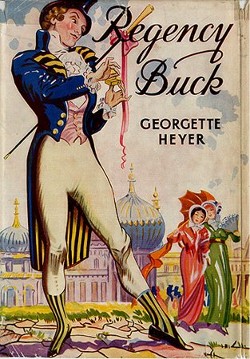
Probably every key event in 20th century history has been subjected to the historical novel treatment -such has been the success of the form, it has stretched almost to the present day. Michael Morpugo’s War Horse was particularly unique. He himself admitted that the prospect of tackling the subject of the great suffering of Wold War One through the eyes of one of the cavalry horses caused him a great deal of initial hesitation (Morpugo, The Guardian). Making it a children’s novel added to the challenge. He was successful nonetheless; the emotive storyline coupled with the author’s careful research of the events (Morpugo, The Daily Mail) has made in one of the most well-known narratives of the modern day.
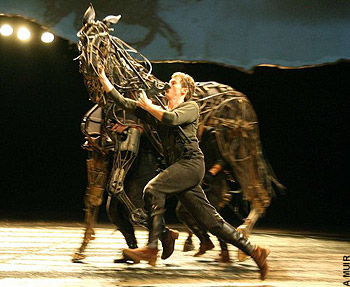
From this perspective, historical fiction has had to modernize both its approach over the course of the past 200 years. What has seemed to survive is the desire to create an air of authenticity regarding in relation to background. As an avid reader of the genre, it is really fascinating to see how it has grown and maintained itself as a writing form from the late eighteenth century.
Works Cited
Scott Walter. Waverley. Oxford: University Press, 2015.
Morpugo Michael. “Once Upon A Life” <http://www.theguardian.com/lifeandstyle/2010/jul/11>
Morpugo Michael. “How My War Horse Won Its Spurs With Steven Spielberg”. The Daily Mail, 2011. <http://www.dailymail.co.uk/femail/article-1358428>
Tayler Christopher. “Wolf Hall: Review”. The Guardian, 2010 <http://http://www.theguardian.com/books/2009/may/02/wolf-hall-hilary-mantel>
Robinson Lillian. “On Reading Trash”. Mary Fahnestock-Thomas (ed). Georgette Heyer: A Critical Retrospective. Alabama: Prinnyworld Press, 2001.
Image Of Waverley Original Print. Google Images <http://http://pietistschoolman.com/2015/06/17/the-virtues-of-historical-fiction>
Image Of Wolf Hall Book Cover. Google Images. <http://www.amazon.com/WolfHall-Hilary-Mantel/dp/0312429983>
Image Of White Queen Book Cover. Google Images <http://http://www.philippagregory.com/books/the-white-queen>
Image Of Regency Buck Cover.Google Images <http://en.wikipedia.org/wiki/Regency_Buck#/media/File:RegencyBuck.jpg>
Image Of War Horse Play. Google Images <http://www.telegraph.co.uk/culture/theatre/drama/3668613>
